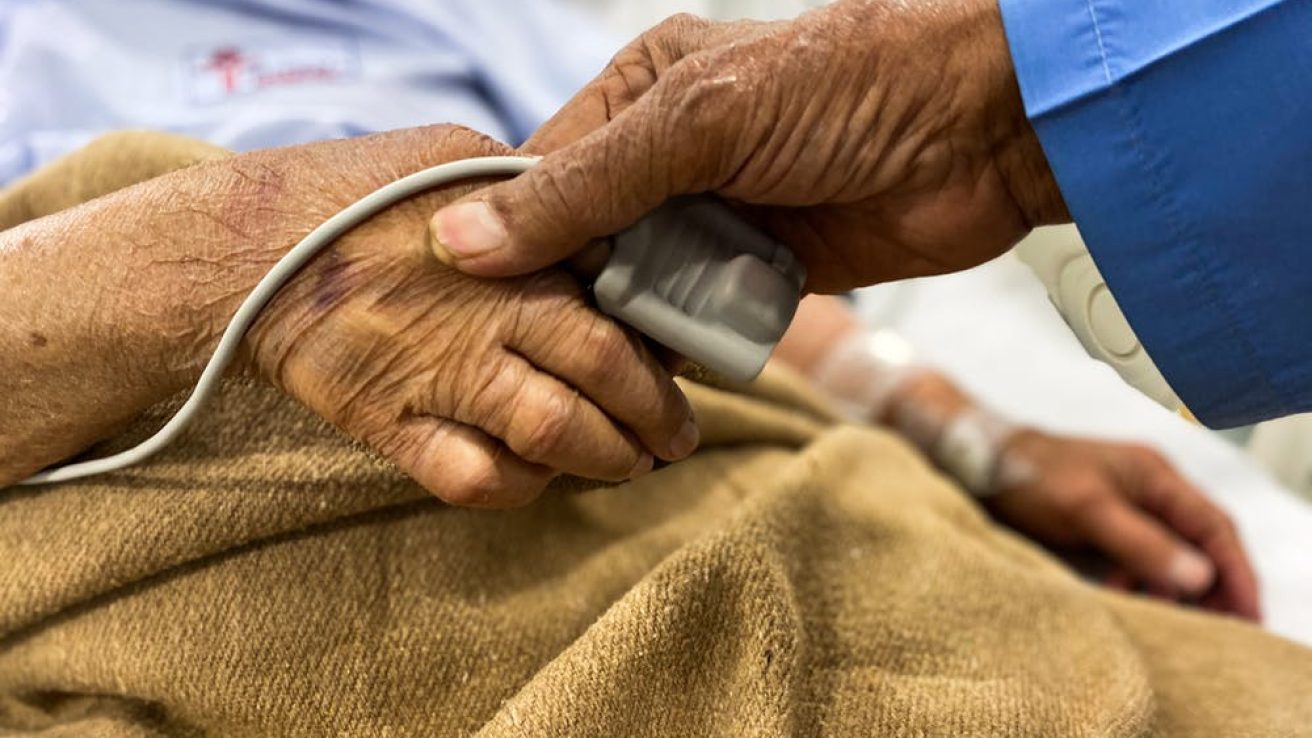Transthyretin amyloidosis cardiomyopathy (ATTR-CM) is a rare, age-related, debilitating disease. In particular, the wild-type (ATTRwt) is often diagnosed in older patients who also present symptoms of other comorbidities. One review, published in Frontiers in Cardiovascular Medicine, discussed the challenges when diagnosing older patients with ATTR-CM.
13% of patients over 60 hospitalized with heart failure with preserved ejection fraction (HFpEF) and increased left ventricular wall thickness had ATTRwt. In addition, 16% of patients (ages 82-86) referred for transcatheter aortic valve replacement (TAVR) were also diagnosed with ATTR-CM.
The primary manifestation of ATTR-CM is heart failure. However, other comorbidities may exacerbate gastrointestinal, musculoskeletal, and neurologic concerns. Suggested appropriate screening methods for diagnosing ATTR-CM in older patients with multiple manifestations include:
- Excluding light chain (AL) amyloidosis by evaluating the presence of monoclonal protein in the serum
- Electrophoresis and free light chain assay testing to assess urine
- Technetium nuclear scintigraphy with bone-seeking radiotracer to confirm non-invasive ATTR-CM diagnosis
- If technetium nuclear scintigraphy is unavailable or results are equivocal, then perform a cardiac biopsy
When helping older patients manage ATTR-CM and establish care goals, healthcare providers should also account for falls and mobility, functional capacity, living situations, caregiver support, polypharmacy, frailty, cognitive decline, and quality of life. Given that ATTR-CM is often associated with advanced symptoms and limitations, older patients may desire less-intensive treatment that focuses on improving quality of life rather than prolonging life. For example, Tafamidis (a novel oral stabilizer) is a proven effective disease-modifying therapy that improves the prognosis of the disease. However, Tafamidis may not improve symptoms. Patients may continue to experience disease-related morbidity and progression.
Healthcare providers are encouraged to identify the various factors that play a role in diagnosing older patients with ATTR-CM. And consider these factors when developing a treatment plan. Clinicians should also recognize the nuances of treatment in older patients with ATTR-CM or ATTRwt. Personalized treatment strategies are necessary for improving the quality of life of older patients who may be presenting with multiple comorbidities.
Source:
Irabor, B., McMillan, J. M., & Fine, N. M. (2022). Assessment and management of older patients with transthyretin amyloidosis cardiomyopathy: Geriatric cardiology, frailty assessment and beyond. Frontiers in Cardiovascular Medicine, 9. https://doi.org/10.3389/fcvm.2022.863179










